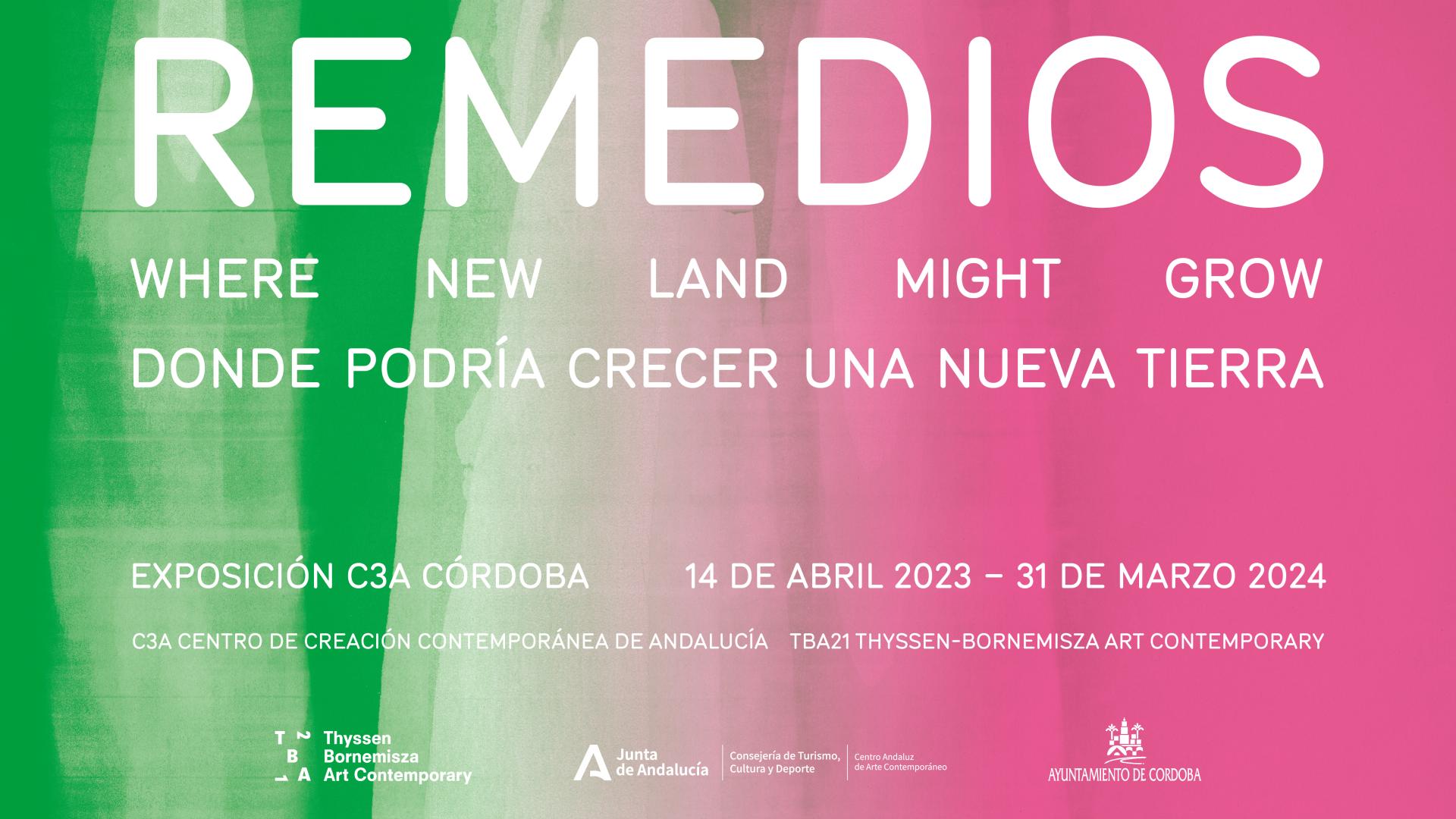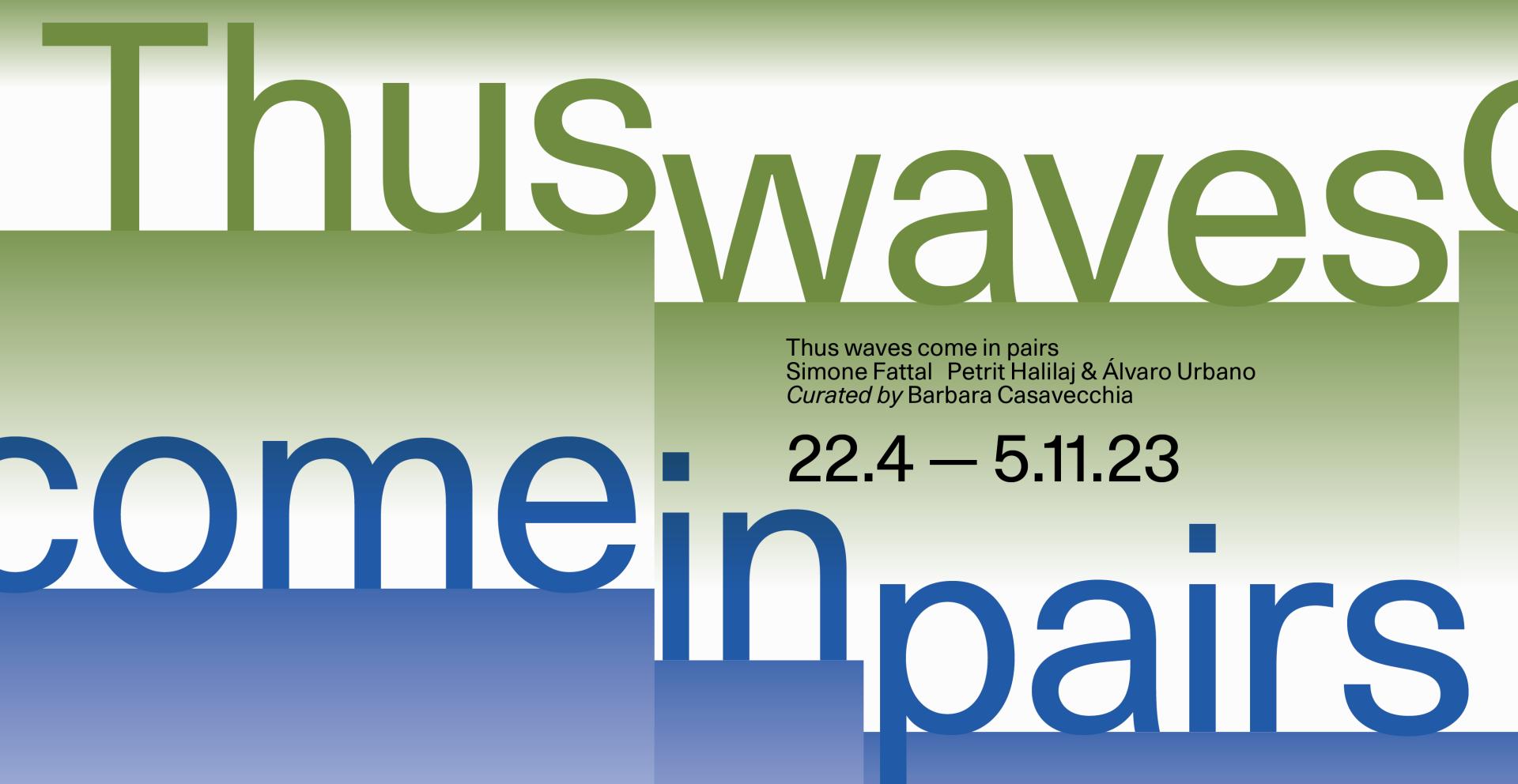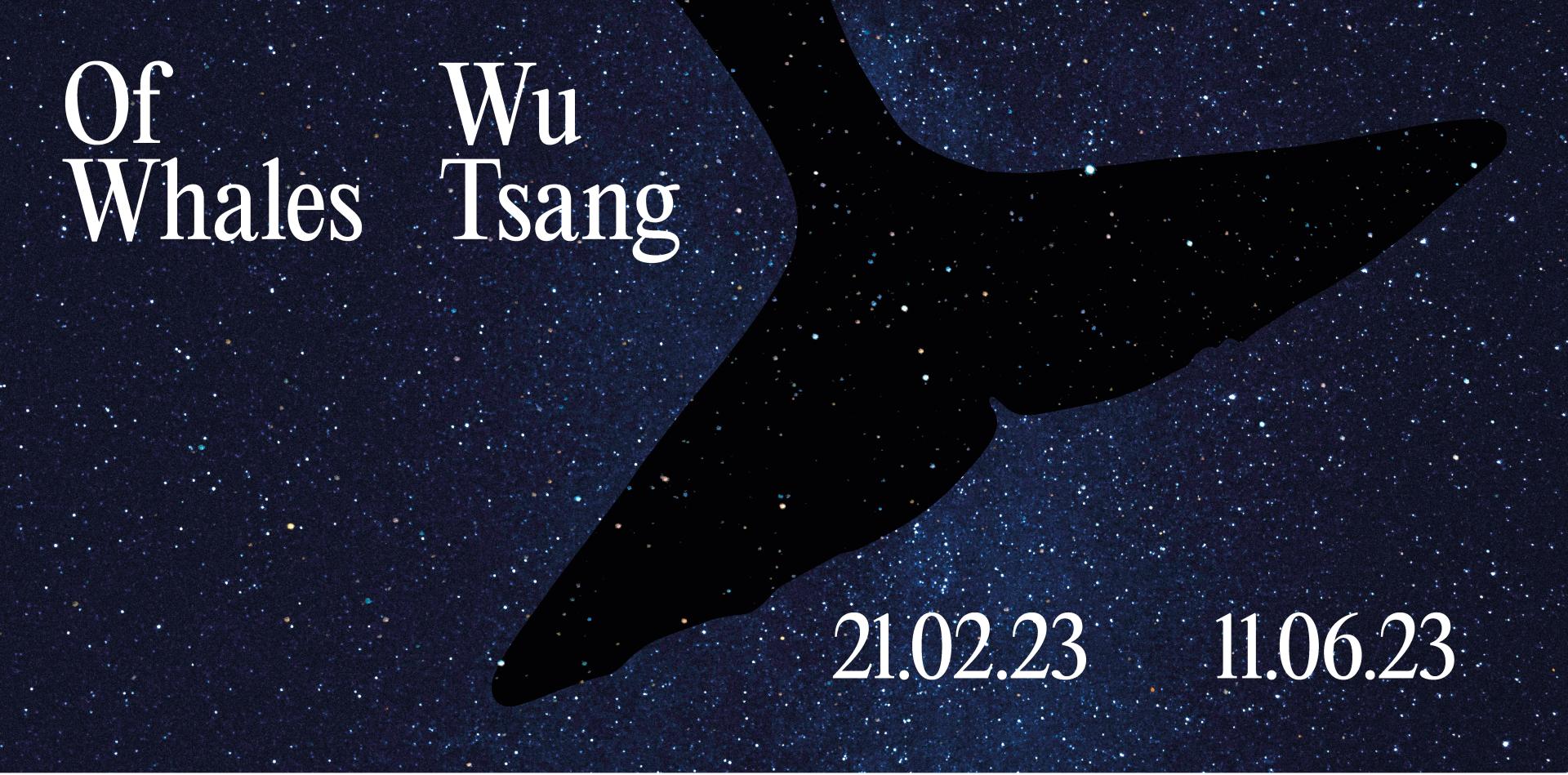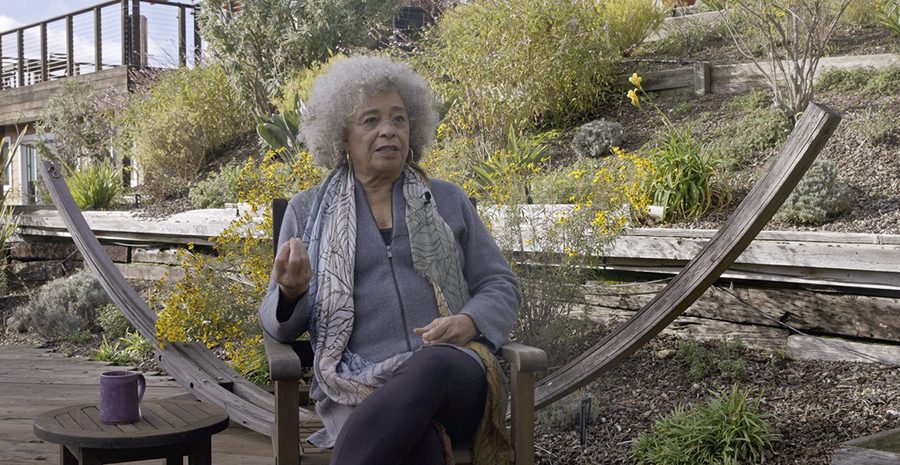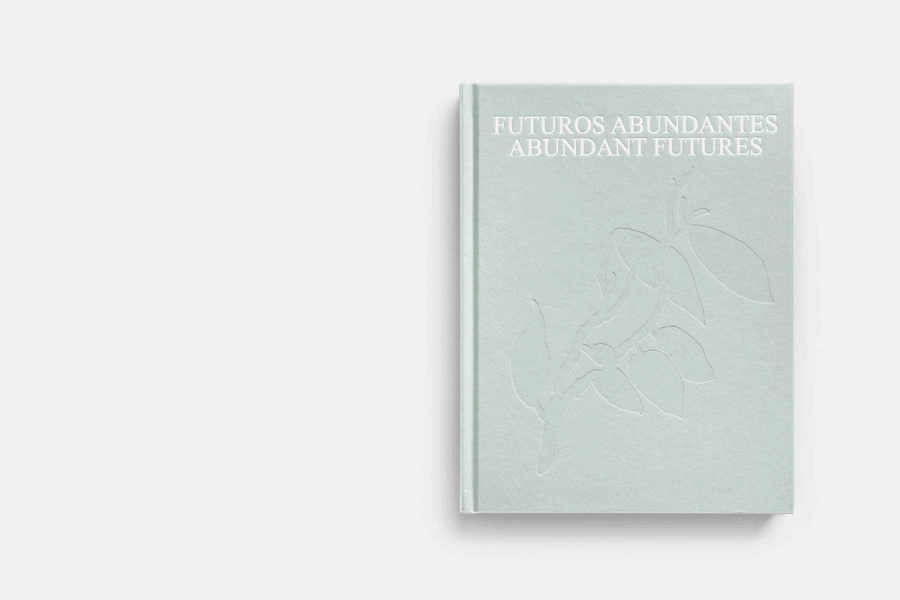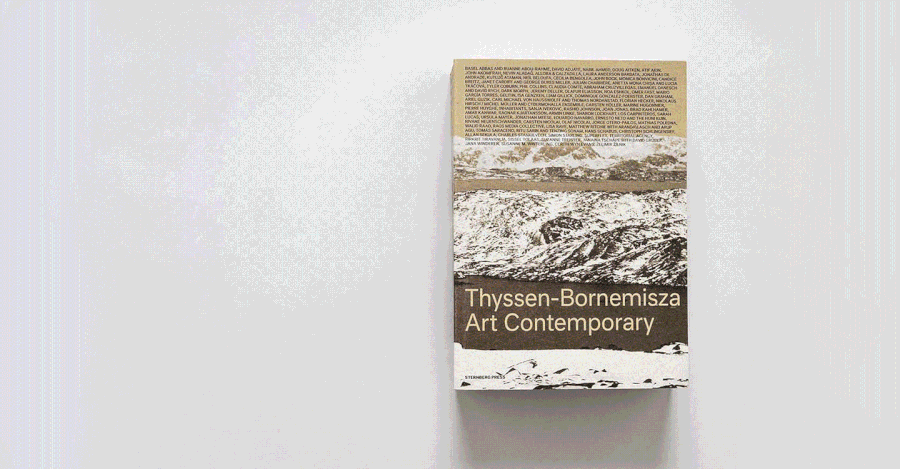Local Marginal, 2015
Rodrigo Cass

Photo: Eduardo Ortega | Courtesy Fortes D’Aloia & Gabriel
Collection
Photograph, tempera, concrete, wood, steel nails
86 x 123 cm
87 x 123.5 x 9 cm (framed)
Rodrigo Cass was born in São Paulo in 1983, where he continues to live and work. Across video, painting and sculpture, he produces minimal and evocative works which combine references to the Carmelite charism of contemplation with movements and styles from 20th century Brazilian art history. In particular, Cass’s work engages with the legacy of the Neo-Concretes (1959-61) and their reaction to the strictly rational principles of Concrete Art, through his use of construction materials and his interrogation of theories of abstraction, the field of painting, three-dimensional space and the politics of the spectator.
Local Marginal (2015) is a wall-based collage comprising a photographic print manipulated by paint and concrete. It is transformed by a series of folds into a three-dimensional form, extending out from the frame towards the viewer. The photograph in the middle of the frame depicts coastal plants and palms and sits where the two folds meet. Situated around the axis formed by these creases are two geometric forms painted in concrete, one of which conceals a section of vegetation. The print is sealed into its frame at its corners by four steel nails.
Cass’s work with concrete is significant for its reference to the major movements in 20th century Brazilian art history, as well as for the material and conceptual symbolism it bears for the artist. In his 2018 show, Spiritual-Living-Breathes, Cass quoted the architect Lina Bo Bardi: “I see concrete as a living creature, as a living being. It breathes.” The perception of inanimate matter as living links to the ideas propounded in Ferreira Gullar’s 1959 Neo-Concrete Manifesto, which rejected the “dangerously extreme rationalism” of geometric abstraction in favor of a perception of art as generative, evolving, “alive and fertile.” It also connects to Cass’s own spiritual philosophy which says, “all that lives breathes. And breathing is the action of the spirit.” Considered in this light, Cass’s works can be regarded as forming a contemplative practice of their own, built through inquiries into material, form, philosophy, and history in art. –Elsa Gray
86 x 123 cm
87 x 123.5 x 9 cm (framed)
Rodrigo Cass was born in São Paulo in 1983, where he continues to live and work. Across video, painting and sculpture, he produces minimal and evocative works which combine references to the Carmelite charism of contemplation with movements and styles from 20th century Brazilian art history. In particular, Cass’s work engages with the legacy of the Neo-Concretes (1959-61) and their reaction to the strictly rational principles of Concrete Art, through his use of construction materials and his interrogation of theories of abstraction, the field of painting, three-dimensional space and the politics of the spectator.
Local Marginal (2015) is a wall-based collage comprising a photographic print manipulated by paint and concrete. It is transformed by a series of folds into a three-dimensional form, extending out from the frame towards the viewer. The photograph in the middle of the frame depicts coastal plants and palms and sits where the two folds meet. Situated around the axis formed by these creases are two geometric forms painted in concrete, one of which conceals a section of vegetation. The print is sealed into its frame at its corners by four steel nails.
Cass’s work with concrete is significant for its reference to the major movements in 20th century Brazilian art history, as well as for the material and conceptual symbolism it bears for the artist. In his 2018 show, Spiritual-Living-Breathes, Cass quoted the architect Lina Bo Bardi: “I see concrete as a living creature, as a living being. It breathes.” The perception of inanimate matter as living links to the ideas propounded in Ferreira Gullar’s 1959 Neo-Concrete Manifesto, which rejected the “dangerously extreme rationalism” of geometric abstraction in favor of a perception of art as generative, evolving, “alive and fertile.” It also connects to Cass’s own spiritual philosophy which says, “all that lives breathes. And breathing is the action of the spirit.” Considered in this light, Cass’s works can be regarded as forming a contemplative practice of their own, built through inquiries into material, form, philosophy, and history in art. –Elsa Gray



